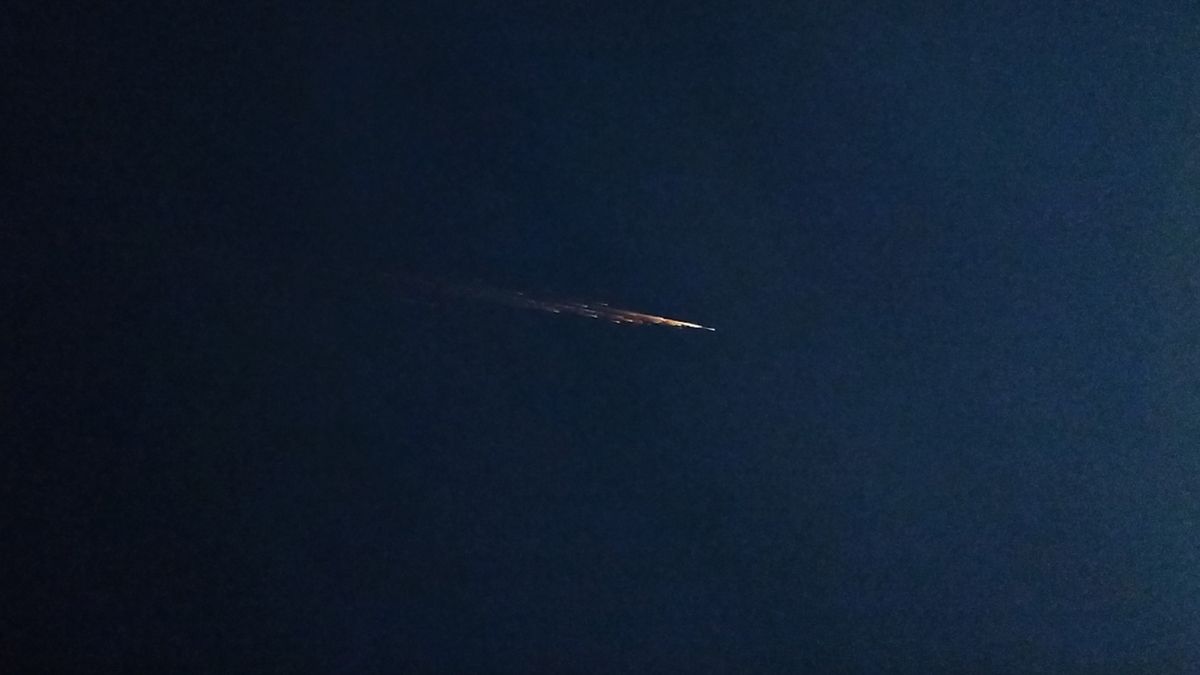Total Solar Eclipse 2024: A Spectacular Celestial Event Unfolding
On April 8, a remarkable celestial event will grace the skies of North America, as a total solar eclipse takes center stage. While the entire continent will witness at least partial phases of the eclipse, the duration of the total solar eclipse experience varies depending on your location along the path of totality. For those unable to witness this phenomenon in person, an opportunity to watch the event live on Space.com is available. Stay informed with real-time updates on the total solar eclipse via our dedicated live updates blog.
Totality Across North America
The total solar eclipse will kick off at 12:38 p.m. EDT (1638 GMT) and conclude at 3:55 p.m. EDT (1955 GMT), spanning a total duration of 3 hours, 16 minutes, and 45 seconds. The moon’s umbra, the central dark shadow, will create a path of totality approximately 115 miles (185 kilometers) wide, cutting diagonally across various regions of the North American continent.
Different regions will experience varying durations of totality:
- Totality in Mexico: 40 minutes 43 seconds
- Totality in the U.S.: 67 minutes 58 seconds
- Totality in Canada: 34 minutes 4 seconds
The spherical nature of both Earth and the moon plays a crucial role in shaping the trajectory of the moon’s shadow as it intersects with our planet. This geometric interplay results in an oblique shadow initially, transitioning to a more circular shape at the point of greatest eclipse, and stretching once again as it continues on its cosmic journey.
To truly experience totality, one must position themselves within the umbra, the moon’s dark inner shadow. Your vantage point along the path and proximity to the centerline significantly impact the duration of totality experienced. It’s worth noting that being as close as possible to the centerline isn’t imperative for a substantial totality experience. According to eclipse cartographer Michael Zeiler of GreatAmericanEclipse.com, individuals situated within the path of totality can achieve 90% of the maximum totality by driving just 60% of the distance from the path’s edge to its center.
Maximizing the Total Solar Eclipse Experience
The duration of the total solar eclipse encounter is intricately tied to your specific location along the path of totality. Contextually, it’s important to note that the total solar eclipse of 2010 marked the last instance of a totality exceeding four minutes, with the most recent U.S. eclipse in 2017 maxing out at 2 minutes and 42 seconds. Therefore, being within the path of totality, under clear skies, on April 8 holds the utmost significance.
For those interested in the duration of totality across notable locations, the following information provides a snapshot of what to expect:
Totality duration across notable locations:
Mazatlán, Sinaloa, Mexico: 4 minutes 20 seconds
Durango, Durango, Mexico: 3 minutes 50 seconds
Torreón, Coahuila, Mexico: 4 minutes 11 seconds
Piedras Negras, Coahuila, Mexico/Eagle Pass, Texas, U.S: 4 minutes 24 seconds
Kerrville, Texas, U.S: 4 minutes 25 seconds
Fredericksburg, Texas, U.S: 4 minutes 25 seconds
Dallas, Texas, U.S: 3 minutes 52 seconds
Idabel, Oklahoma, U.S: 4 minutes 19 seconds
Russellville, Arkansas, U.S: 4 minutes 12 seconds
Cape Girardeau, Missouri, U.S: 4 minutes 7 seconds
Carbondale, Illinois, U.S: 4 minutes 10 seconds
Bloomington, Indiana, U.S: 4 minutes 3 seconds
Indianapolis, Indiana, U.S: 3 minutes 51 seconds
Cleveland, Ohio, U.S: 3 minutes 50 seconds
Erie, Pennsylvania, U.S: 3 minutes 43 seconds
Rochester, New York, U.S: 3 minutes 40 seconds
Montpelier, Vermont, U.S: 1 minutes 42 seconds
Oakfield, Maine, U.S: 3 minutes 23 seconds
Niagara Falls, Ontario, Canada: 3 minutes 31 seconds
Montreal, Quebec, Canada: 1 minute 57 seconds
Miramichi, New Brunswick, Canada: 3 minutes 8 seconds
Tignish, Prince Edward Island, Canada: 3 minutes 12 seconds
Catalina, Newfoundland, Canada: 2 minutes 53 seconds
At sunrise south of Starbuck Island in the Pacific Ocean on April 9 (1624 GMT April 8), the eclipse will commence, with the moon’s shadow positioned at its maximum distance from the moon. The initial width of the path of totality will measure 89.5 miles (144 kilometers), resulting in a shorter totality duration of 2 minutes and 6 seconds. The point of greatest eclipse will take place over Nazas, Mexico, where totality will extend for an impressive 4 minutes and 28 seconds at 12:15 CST (1715 GMT).
This cosmic alignment marks a pivotal moment, as the moon, Earth, and sun align perfectly over Nazas, creating a path of totality spanning 123 miles (197 kilometers) — the widest segment during the eclipse sequence.
The eclipse journey will culminate at sunset in the Atlantic Ocean at 4:53 p.m. EDT (2053 GMT) on April 8, with the moon’s shadow once again positioned at its farthest point from the moon. The final totality segment, with a path width of 88 miles (142 km), will last 2 minutes and 3 seconds.
Prepare for this celestial spectacle by acquiring eclipse glasses to safely observe the wonders of the total solar eclipse, a rare and captivating event that promises to leave a lasting impression.
Image/Photo credit: source url





